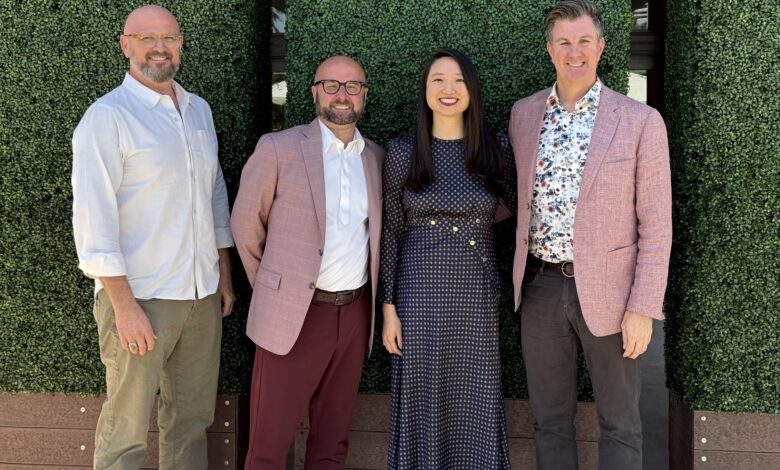
BITAC Operations 2025 Panel: Navigating the Tech Landscape, Part 1
By Jim Nelson | May 6, 2025
NEWPORT BEACH, CA — BITAC and sister company Hotel Interactive recently held our annual Operations event, where one of the panels dove into the latest technology.
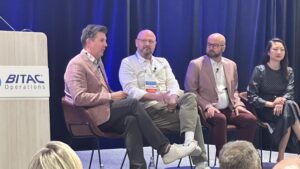
Moderated by Brent Hayhurst, the VP of program development at Curator Hotel & Resort Collection, the panelists were David Lang, VP of operations at New Waterloo; Tony Roumph, the managing director at Noble House Hotels & Resorts, and Connie Wang, the area managing director for Highgate Hotels.
BRENT HAYHURST: We use technology to elevate guest experience, look to streamline operations, and remain competitive. When it comes to operating independents and boutiques, operators are driven by tighter budgets and ultimately a commitment to achieving uniqueness. Free from corporate constraints and mandates, you’re really free to be more innovative and plot your own course, but you also must carefully manage any of the associated risks. From a consumer perspective, boutique hotels primarily differentiate on design and service, so what role does technology currently play in helping your property stand out against comp sets and deliver more memorable stays?
CONNIE WANG: Excellence in service is about two components: number one, it’s the genuine caring from the heart, and you can’t fake that. The second thing that I think creates excellent service experiences is consistency of execution. Any hotelier can wow one guest, make that one experience amazing, take the personalization that we know about that guest and turn into a “Wow” experience. I think the harder thing to do is to consistently do that day after day, no matter who is on shift, and deliver that guest experience on day one, when you first open your hotel, and day 500. That’s the problem that we’re trying to solve. So, I think that when we’re evaluating different technologies, a lot of what we’re evaluating is whether there’s a measurable difference towards that goal.
TONY ROUMPH: I’ll take it from just a single property level and looking at my comp set, we really compete against a lot of branded hotels. I can’t really compete against a Hilton Honors app or a Marriott Bonvoy app, but I have two things in my favor as an independent hotel that I think have value: I have a sense of place, and I have a really high level of service. So, where tech fits in for me, what can I automate? What hurdles can I remove from my team so they can focus on that guest experience and interact on a one-on-one basis?
DAVID LANG: That’s really well said from the experiential point of view. A lot of our properties are in heavily branded markets as well, and we really look for technology to augment the service experience. So many conversations over the past couple of days have been about [that] we’re a human-focused industry — can’t take the people out of hospitality. And it’s fascinating how technology is able to create a more intimate experience, even though it’s inherently impersonal. I was not super excited about text messaging coming into the operation as a form of communication between our front desk and concierge and the guest. I grew up in the Four Seasons system, and it’s all about that high-touch personal experience, but I quickly came to understand and embrace the fact that even though the interaction is digital versus voice or face-to-face, you can still embrace that same concept and leverage it to a really high degree.
BH: What are some of the key decision factors you look at when you’re evaluating tech and what it could bring to your operation?
DL: If I’m being completely honest, like so many other people in the room, you get this avalanche of cold-call emails through LinkedIn or whatever, and the lion’s share of them [go] straight to File 13, but it’s events like this where I get down and actually have the conversation and dig into understanding what the value in the product is really; it’s huge. I can think of several examples of products that stood out for a litany of reasons in those cold-call emails that have been a material difference-maker, whether we’re talking about experience or revenue or whatnot. I wish I was better at finding that needle in the haystack with everything that comes through.
TR: For me, it’s finding operational efficiencies, and really important, is the team that it’s meant for actually going to use it? I’ve seen too many solutions just sit there and not get used. So, is it actually going to be used? Is it solving for something? Obviously, importantly, what’s the ROI? Am I making money, or am I saving money by instituting it?
CW: When Hotel Figueroa went through a major gut renovation back in 2018 — it’s a historic building over 100 years old, so our owners invested a significant amount to completely renovate it and restore it, and from a technological standpoint, they installed state-of-the-art tech pieces into the hotel. The HVAC system was an LG VRF system; there’s a thermostat that was supposed to be like the best thing since sliced bread; our director of engineering would be able to look at a panel and immediately change the temperature manually of each individual guest in the room. It was supposed to be that sophisticated, maybe make some coffee while at it, right? Two years later, the company went out of business, and we got filtered to third party that was supposed to be helping us with service calls, any questions we had with the system; basically, it was no longer being supported, after two years. So, we essentially poured $1 million into a system that did not have a true ROI, and we wind up replacing the entire system with the LG thermostat that actually talks with the system. I learned a big lesson from that one, which is that when we’re looking at who to partner with, what is the longevity of that company? What is the relationship that’s going to be sustained over time? That is going to be a big component for us moving forward.
I’ll also tell the opposite story to that, which was my first night at BITAC. I was sitting [at] my dinner table, and we’re introducing ourselves and I met Sean [Finley] from Actabl. We figured out very quickly that we were already using Hotel Effectiveness, and I thought, “Okay, the conversation is going to end right there,” but he surprised me by continuing to ask follow-up questions, trying to figure out, throughout the whole conference, what we needed. Very generous with his time and actually, genuinely caring about his product. So, I was like, ‘Alright, this guy’s for real.” We appreciate [that] kind of long-term partnership, even after the sale.
BH: I’d like to give each of you a chance to dig into your specific operations. David, so New Waterloo is in growth mode, with lots of new properties coming online. As you’re building out a portfolio from the ground up, how have you been approaching tech stack? And are there nuances across your different properties that you’re having to care for as you go?
DL: In addition to being in growth mode, it’s transition mode as well. In the past 24 months, we’ve opened two freestanding restaurants, two hotels, and transitioned a total of four properties in and out of our small portfolio. And while we do want unification across each property within the tech stack, it’s not a mandate. If we’re assuming a new third-party management company, we will find a way to work with the systems that were inherited, especially in the near term. But we do want the uniformity as people transfer around hotels to be able to have familiarity with the systems, but we also have the latitude to beta test stuff; we’ll run “product A” at Hotel A, “product B” at Hotel B, and give 12 months to see which one we like better, and then move forward, long term, with what we think to be the most viable solution.
BH: Connie, on the flip side we have Highgate — a very large, geographically diverse mix of brands, independents, including ownership of the Viceroy brand. Is there anything that you feel like as your position within Hotel Figueroa, or how you work within the organization, to really carve out some specific tech requirements for the independents within your group?
CW: It’s interesting; we had this discussion a couple of years ago because we manage so many independent lifestyle hotels: Do we build our own app? Do we build technology from within? And the decision was made very quickly at the time that no, let’s partner with enterprise partners outside of our organization and really build those relationships and make sure that our tech stack makes sense for all the brands that we work with. Our principals are very entrepreneurial — they love tech, hospitality tech — so what we did instead was [create] a new firm within Highgate called Highgate Ventures, a private equity investment firm dedicated to investing in our enterprise partners. The company does invest in tech; a lot of times what happens is our general managers are the ones who say, “I really loved working with this technology. It’s working in my property,” and it leads to a larger investment discussion as well.
In part 2 of this article, we’ll hear what the panelists have to say about guest communications, in-room dining models, and when tech doesn’t do what you need it to do.
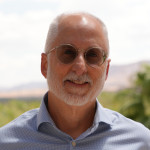
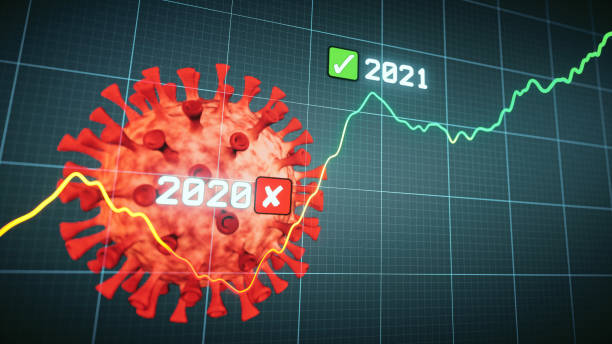

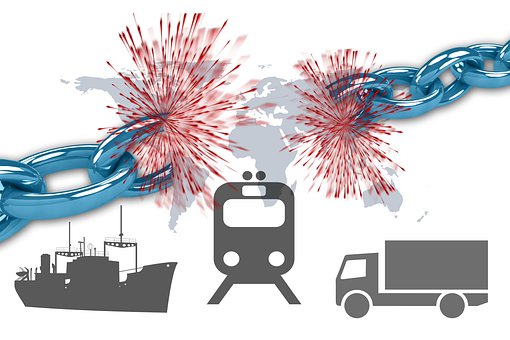
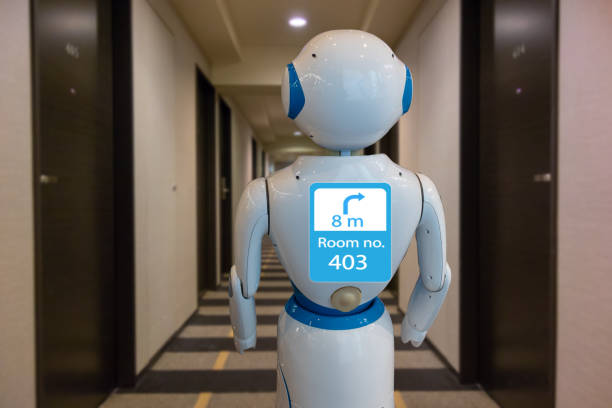
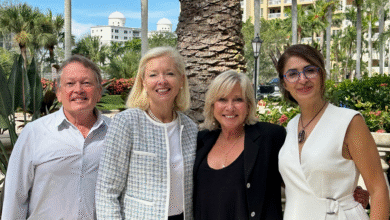
Get involved!
Comments